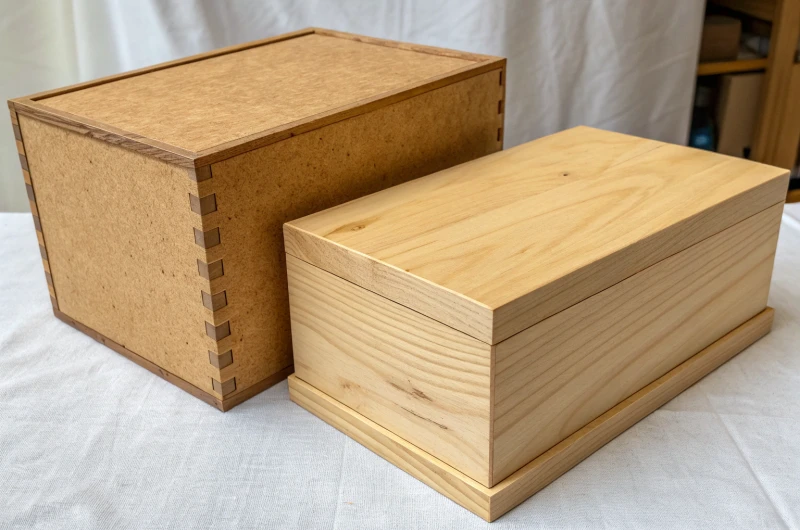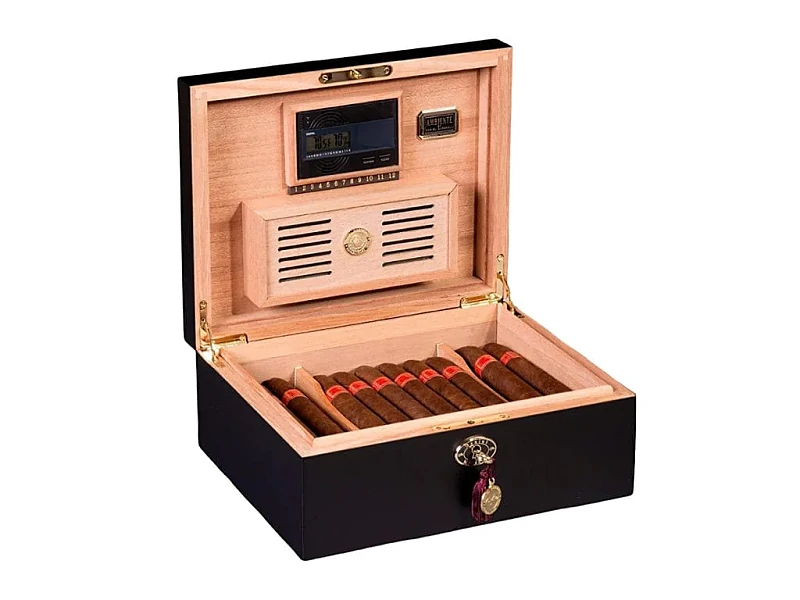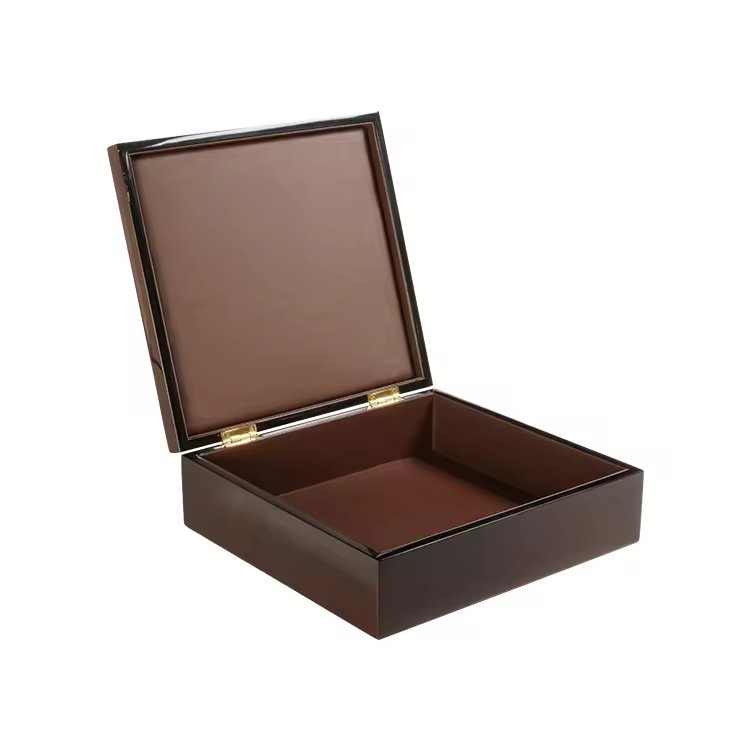
Luxury clients expect absolute perfection, but extreme details in wooden boxes often bring production risks.
Hand carving, multi-layer lacquers, precise engravings, fine linings, and micro-tolerance hardware are hardest to repeat at scale.
I will share why these details are so demanding and how I manage them in bulk production.
Why are hand-carved patterns and inlays difficult to standardize at scale?
Carving and inlay work shine in samples, but repeatability falls apart in mass runs.
Because they rely on manual skill and natural wood variation, hand-carved patterns and inlays are nearly impossible to keep identical at scale.
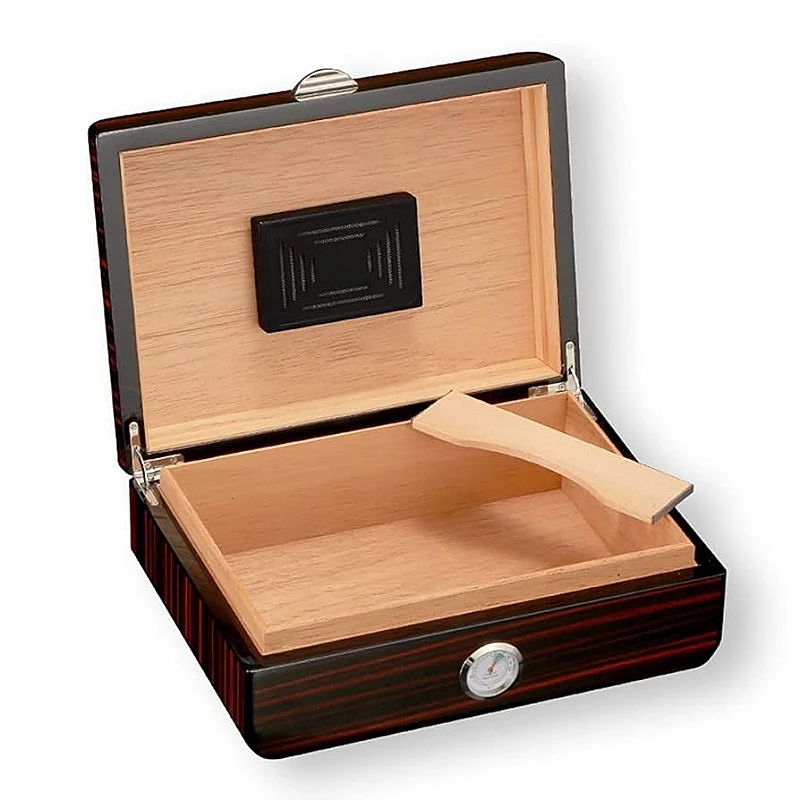
I remember a cigar box order where clients loved the first carved sample. But when we moved to 500 units, even with the same craftsman, no two boxes were exactly the same. Wood hardness and tool wear always created slight differences.
Challenges in carving and inlays
- Wood grain direction changes resistance, making patterns shift subtly.
- Hand fatigue causes micro-variations across long runs.
- Inlays depend on both cutting and gluing precision, which may misalign under pressure.
Possible approaches
- Use CNC routers for repetitive carving but finish by hand for luxury feel.
- Accept small natural differences as part of “artisanal value.”
- Document tolerances in client approvals so expectations remain realistic.
This balance keeps both craftsmanship and production stability.
How do high-gloss multi-layer lacquer finishes pose risks of inconsistency in bulk orders?
Gloss finishes look luxurious, but they are highly sensitive to process variations.
Multi-layer lacquer finishing often shows color, thickness, and gloss level differences when scaled up to hundreds of boxes.

High-end cigar and watch boxes often demand 12–15 coats of piano lacquer. Each layer needs sanding, polishing, and curing. Even slight changes in temperature, humidity, or spray angle create visible differences.
Common risks
- Uneven reflection under light across batches.
- Dust particles trapped in certain units.
- Color tone shifts when mixing multiple lacquer batches.
How I manage this
I often dedicate one closed spray room for high-gloss orders. I also lock the same technician for the entire run. For large projects, I show clients a mid-batch check to confirm gloss consistency. These steps reduce rejection risk.
What challenges arise with ultra-precise logo engraving or metallic embossing?
Logos are sensitive because clients see them first, and even 0.2mm misalignment feels like failure.
Engraving and embossing techniques demand extreme consistency, but small variations in pressure, depth, or alignment cause big problems in bulk runs.
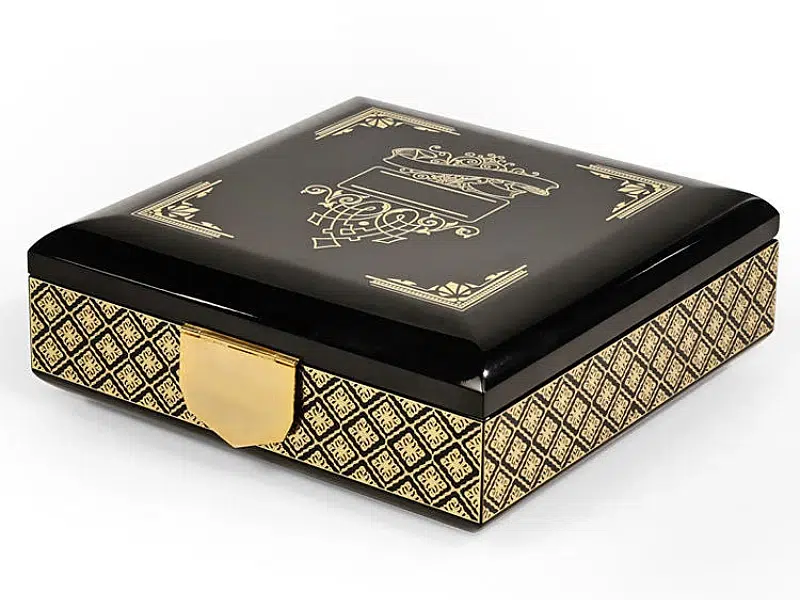
For one jewelry box order, the logo was laser-engraved on 800 lids. After the first 200, we found some were too shallow, making the logo fade under lacquer. Fixing them required full re-polishing. Embossing with metal foil can also misalign slightly due to heat and pressure differences.
Engraving vs embossing risks
| Technique | Main Issue | Example Result |
|---|---|---|
| Gravure au laser | Depth inconsistency | Logo appears too faint |
| CNC engraving | Tool wear | Rough edges after long runs |
| Foil embossing | Heat/pressure misalignment | Wrinkled or shifted foil finish |
Clear calibration and batch-by-batch QC are my only ways to minimize these failures.
How can fabric or leather linings create variability in fitting and finishing quality?
Soft materials stretch, shrink, and fold differently than wood, making them unpredictable.
Fabric and leather linings create fitting inconsistencies, especially when applied by hand in bulk runs.

I once produced watch boxes with velvet interiors. The first samples looked perfect, but mass production revealed issues: some linings were too tight, others had small wrinkles. Even slight glue excess ruined the luxury feel.
Why this happens
- Fabric tension depends on worker skill.
- Leather has natural elasticity differences.
- Humidity makes fabric expand or contract.
How I reduce variation
- Create paperboard or MDF inserts to pre-shape fabric before lining.
- Use heat pressing for PU leather to improve uniformity.
- Introduce step-by-step QC during lining assembly.
This extra control saves luxury feel while keeping consistency.
Why do micro-tolerances in hinges, magnets, or closing systems often fail in mass replication?
Closures are mechanical, and even tiny differences create functional or aesthetic flaws.
Micro-tolerances in hinges and magnets are hard to keep consistent, causing misaligned lids, uneven gaps, or weak closure feel.

For luxury cigar boxes, a 0.3mm hinge shift can change how the lid closes. Magnets may feel weak if depth differs slightly. These errors become clear when clients test box after box.
Key problem points
- Hinge screw holes drilled even 0.2mm off.
- Magnet polarity mistakes in bulk orders.
- Closing system friction wearing differently between units.
I solve this with drilling jigs, tolerance charts, and 100% hinge testing before shipping. Still, this is one of the hardest details to scale.
What strategies (automation, stricter QC, staged approvals) can help balance artisanal detail with production stability?
Extreme details cannot rely only on manual control.
Combining automation tools, stricter QC checkpoints, and staged approvals helps keep luxury detail consistent at scale.
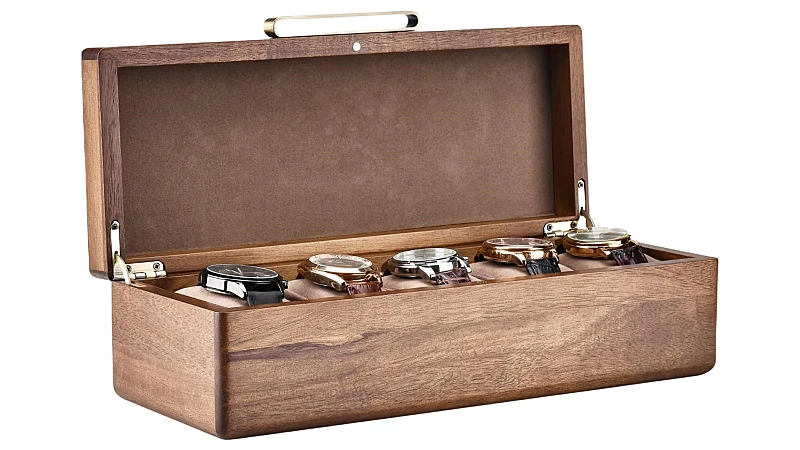
Over the years, I learned that no single solution works. Automation improves carving or engraving, but finishing and lining still need skilled hands. What really works is combining methods.
My strategies
- Automation: CNC for carving and drilling, laser calibration for logos.
- QC Stages: Early, mid, and final QC, each with direct sample comparison.
- Staged Approvals: PPS for structure, mid-production sample for finishing, final approval before shipping.
Why this balance works
Automation cuts errors, QC catches deviations early, and staged approvals keep clients informed. This way, luxury standards are respected while large orders remain possible.
Conclusion
Extreme detail in wooden boxes challenges mass production, but smart systems and careful QC can protect luxury standards.
Nom de marque : WoodoBox
Slogan : Boîtes en bois sur mesure, fabriquées à la perfection
Site web : www.woodobox.com
WhatsApp : +86 18359265311

